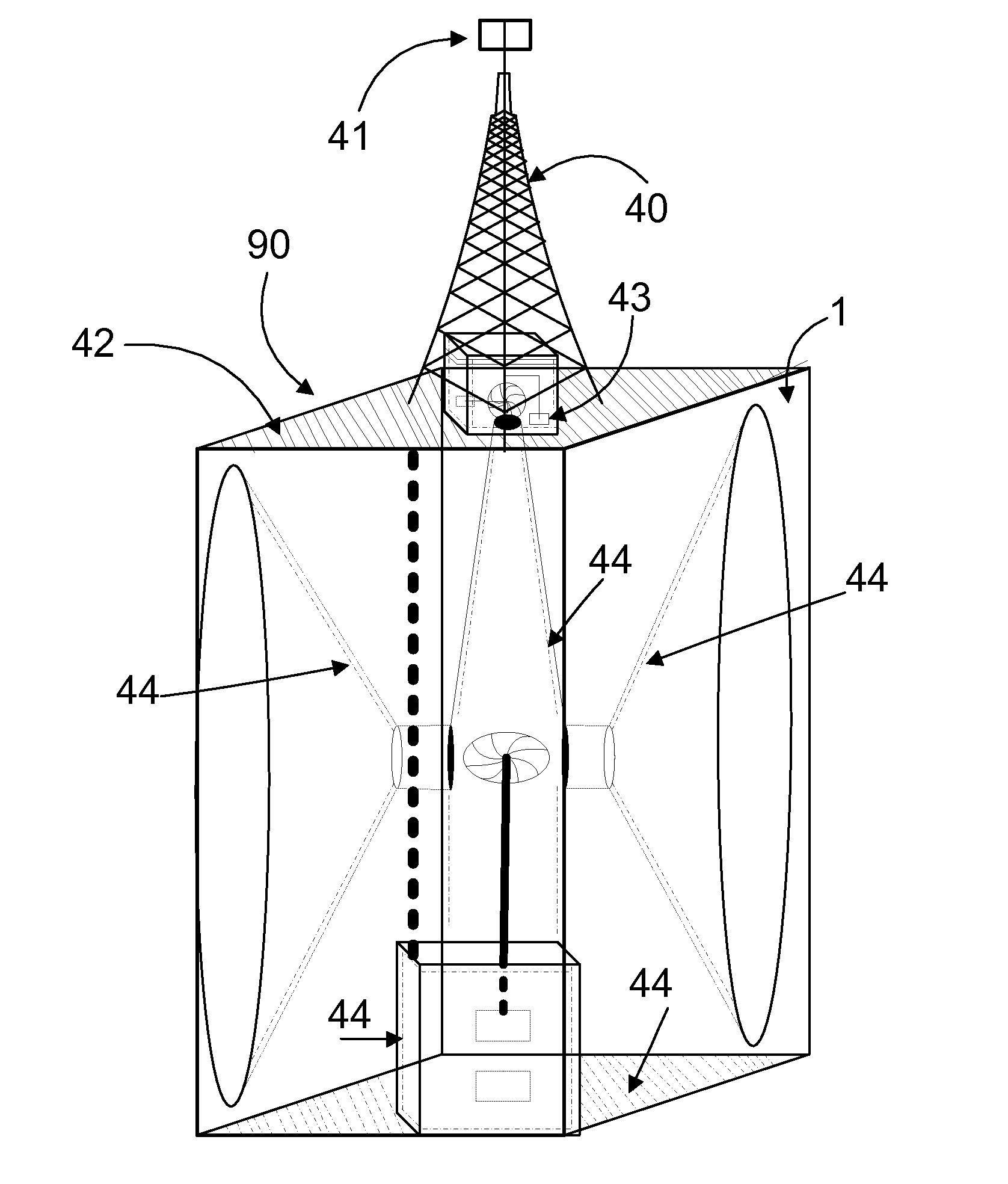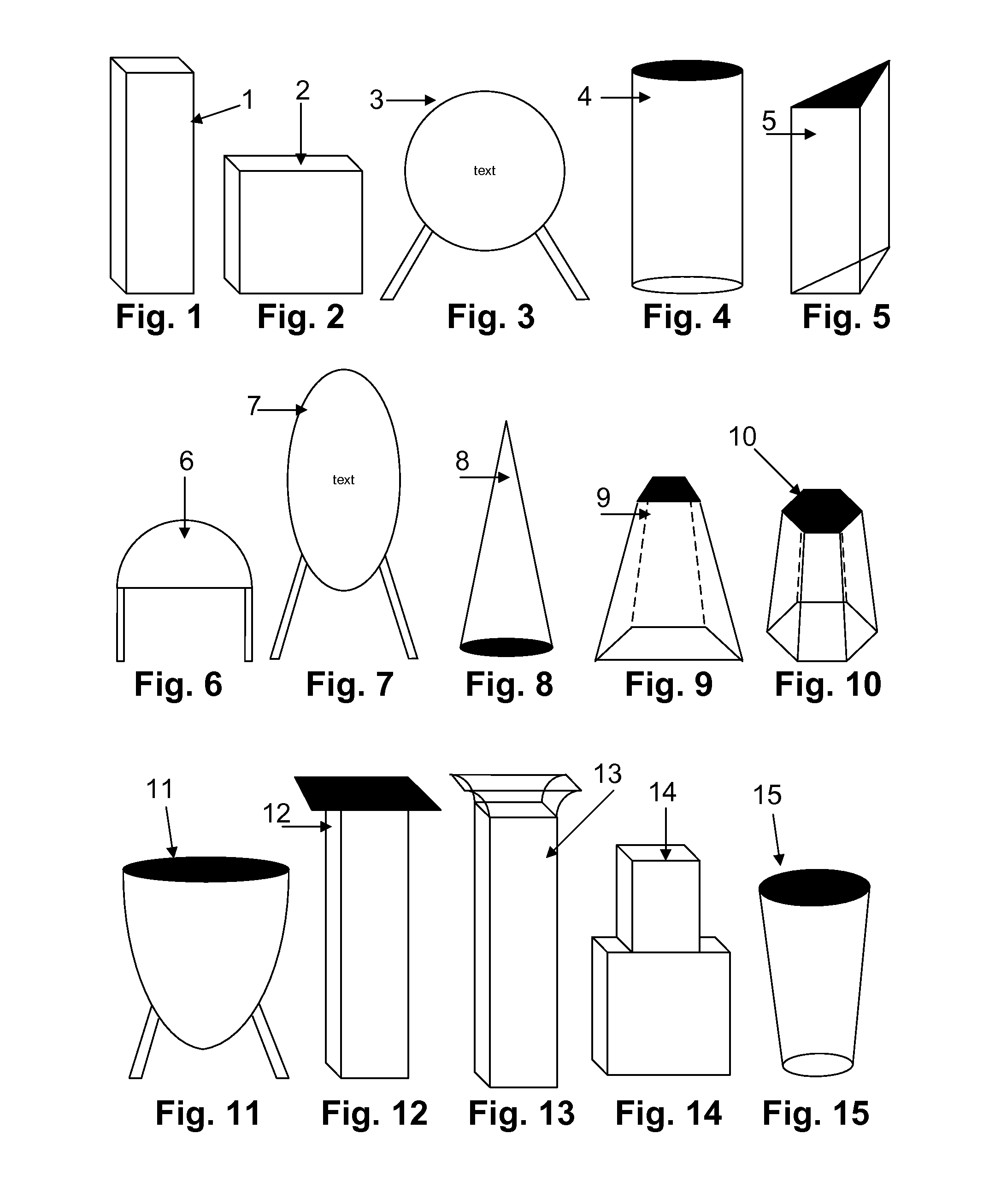Petroleum-Alternative Power Plant
a technology of alternative power plants and fossil fuels, applied in the direction of pv power plants, electric generator control, machines/engines, etc., can solve the problems of reducing the efficiency of the capture method. , to achieve the effect of optimal efficiency
- Summary
- Abstract
- Description
- Claims
- Application Information
AI Technical Summary
Benefits of technology
Problems solved by technology
Method used
Image
Examples
Embodiment Construction
[0053]The detailed description set forth below is intended as description of the presently preferred embodiments of the invention, and is not intended to represent the only form in which the present invention may be constructed or utilized. The description sets forth the functions and sequences of steps for constructing and operating the invention. It is to be understood, however, that the same or equivalent functions and sequences may be accomplished by different embodiments and that they are intended to be encompassed within the scope of the invention.
[0054]With reference now to the drawings in given FIGS. 1-23, the preferred embodiments will now be described in detail. A petroleum-alternative power plant and non-fossil fuel production system in accordance with the present invention is designated generally as “100”. The power plant 100 consists of a plurality of power towers. FIGS. 1-15 illustrate several power towers using several building structures, namely: a rectangular buildi...
PUM
 Login to View More
Login to View More Abstract
Description
Claims
Application Information
 Login to View More
Login to View More - R&D
- Intellectual Property
- Life Sciences
- Materials
- Tech Scout
- Unparalleled Data Quality
- Higher Quality Content
- 60% Fewer Hallucinations
Browse by: Latest US Patents, China's latest patents, Technical Efficacy Thesaurus, Application Domain, Technology Topic, Popular Technical Reports.
© 2025 PatSnap. All rights reserved.Legal|Privacy policy|Modern Slavery Act Transparency Statement|Sitemap|About US| Contact US: help@patsnap.com



